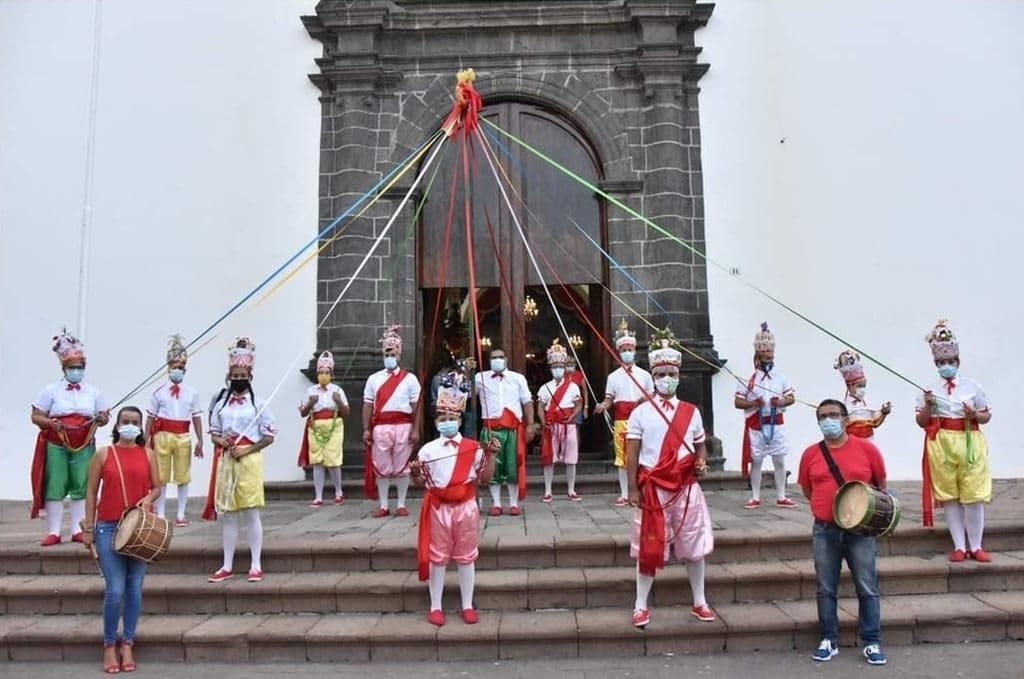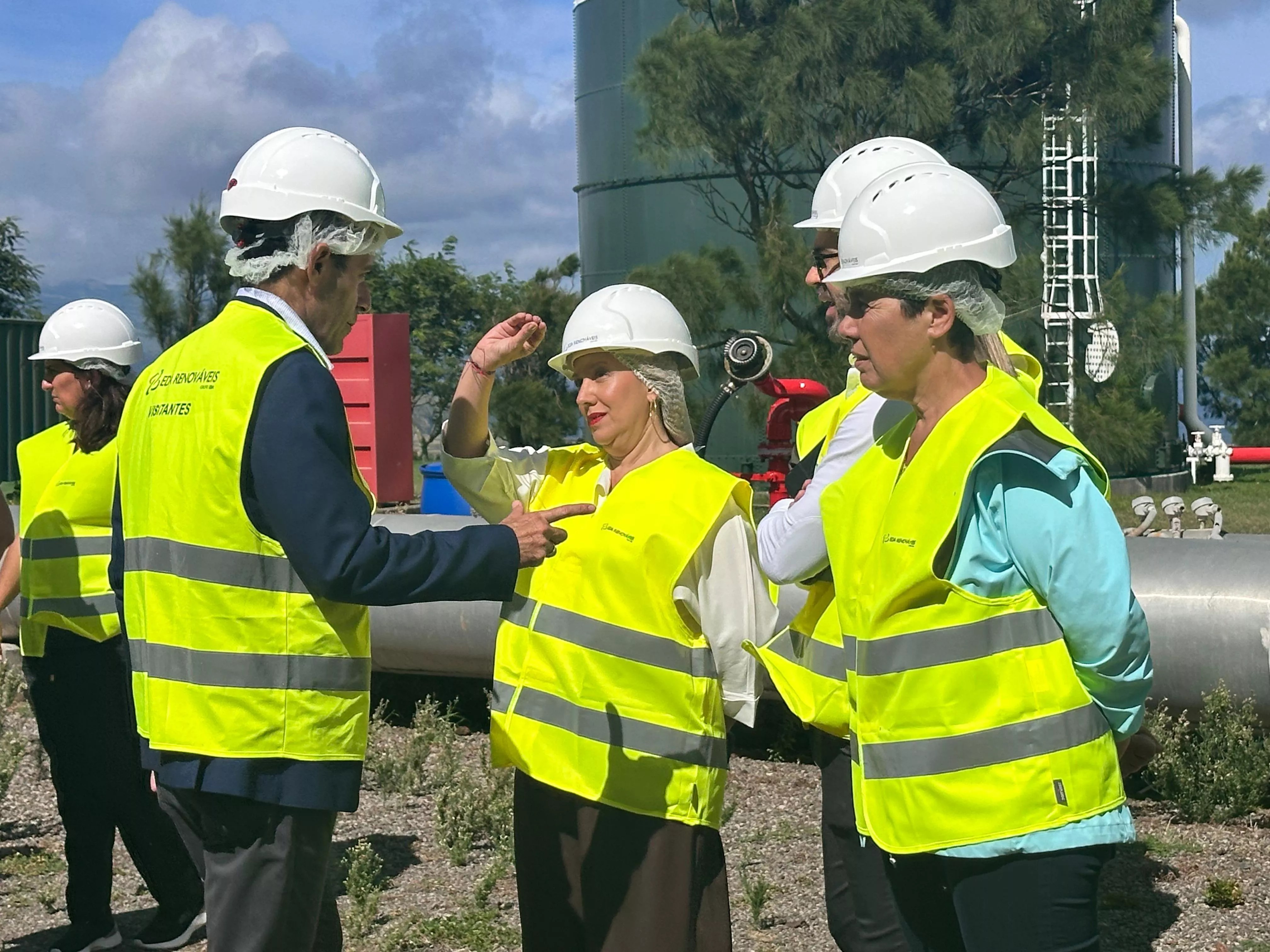
The cultural association Ribbon Dance of San Pedro Arribachaired by Adrián Benítez, has made an almost desperate appeal so that it does not disappear from Guimar a tradition that already has 234 years behind it. The survival of this traditional dance goes through the renewal of its components and, after two years of the pandemic, “in which everyone has become afraid of joining groups and collectives,” says Benítez, “the time has come to make a campaign in schools so that children participate and maintain our traditions”. In this campaign, children and young people are invited to participate in the rehearsals that will be held every Wednesday, starting on the 27th of this month, in the Plaza de San Pedro Arriba, in Güímar. “Now – regrets Adrián Benítez – we barely have three children”, when the dance needs 12 components.
The first major event planned this year, being a pair, will be the performance at the patron saint festivities of San Pedro Apóstol, in which “it is possible that the children who now register can already participate, because they acquire the habit of the castanets and drum quickly, even if the steps cost them more.”
The history of the Dance of the ribbons in Güímar
In the year 1788, a group of residents of Güímar decided to write a letter to the Royal Judge with the intention of asking for a ribbon dance to be danced in front of the town’s patron saint, as was the case in other places such as Arico or Granadilla. For this reason, on June 10 of the same year, this is sent to the authorities, with the approval of the parish priest, and the San Pedro Apóstol Ribbon Dance is then created. This type of dance, performed around a stick, was common in those centuries of discovery and transit between the Iberian Peninsula and America. They were ritual dances of a religious or semi-religious nature that were incorporated more and more into the insular tradition.
According to Professor Arriaga Sanz, we can classify the dances into three types: mast or spear, flower and stick dances. The Güímar Ribbon Dance belongs to the first group of these three and is, according to researchers, the one that best preserves its tradition and origin. Dancing continuously since its founding in the 18th century, the dance, costumes and tradition have hardly changed. Although the materials or some details have been modified.
In Güímar, the historic center is divided into two main neighborhoods: the so-called Barrio de Arriba and Barrio de Abajo, dedicated to the same saint of the municipality. For this reason, they are popularly known as the neighborhood of San Pedro Arriba and San Pedro Abajo. The festivities take turns each year, so in odd years the images of San Pedro Apóstol and San Pablo, who always procession together, go to the Barrio de Abajo, while the pairs go up to the other. For this reason, it can be said that there are two Dances of the Ribbons of San Pedro Apóstol in the municipality.
Over time, the Dance was encompassing other festivals in the municipality. In this way, in addition to its appearance on June 27, 28, 29 and July 6 (octave of San Pedro), it also dances on September 7, 8 and 15 for the festivities of Our Lady of El Socorro and the last Sunday of the month of February in the pilgrimage of San Antonio Abad. Likewise, for years it has participated in different celebrations in the rest of the Island, such as the pilgrimage of San Benito in La Laguna or that of San Isidro, in La Orotava.
In 2016, the San Pedro Arriba Ribbon Dance almost disappeared and, in the patron saint festivities of that year, the San Pedro Abajo Ribbon Dance replaced it by accompanying the images. This gave rise to a group of old dancers, now adults, who decided to take up the tradition and take it forward. In this way, on September 7 of the same year, the San Pedro Arriba Ribbon Dance appeared, during the celebration of the Bajada de El Socorro, thanks, also, to the possibility and support provided by the components of the other neighborhood.
In 2018 they danced two dances from the same neighborhood in San Pedro Arriba
After not being able to participate in 2016, two years later the Danza de San Pedro Arriba returned with its adult dancers and participated in different events, such as the coronation of San Roque in Garachico, the pilgrimage of Las Mercedes, the dance meeting in honor of San Benito and the patron saint festivities of San Pedro Apóstol in 2018, the year in which the dance composed of children danced in front of the image of San Pablo and the adult in front of San Pedro. This has been the only time that two dances from the same neighborhood have danced in the procession to San Pedro Arriba. Then came the pandemic, until today, in which now there are hardly any children left.
















